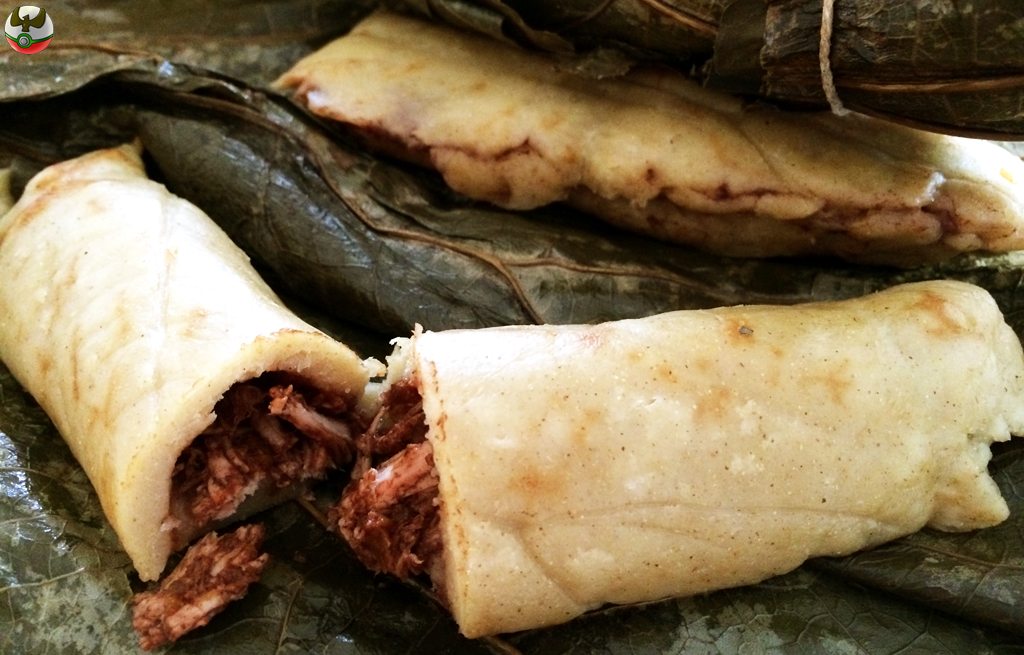Originally written as part of the World Cup 2014 cooking project.
Football:
The year is 1986, a numerical anagram of 1968; the year Mexico hosted the Olympic Games. This time it was the World Cup and one that had spice, passion, flair and a really good feeling about it. Pique the jalapeño was the logo of the tournament, the Mexican wave, so prevalent around the world at many sporting events even today, was put on the map and controversy and brilliance rubbed shoulders; Maradona being the exponent of both memorable moments.
Mexico the football team took advantage of being at home and won their group in top spot. This was at a time when only 24 teams participated in the World Cup. Unfortunately, Mexico was to come up against a powerful West German side in the quarter-finals, a side that eventually lost out to Argentina in the final. One player from that era that never quite had the effect on the international stage as he did for his clubs, which included Real Madrid, was the iconic Hugo Sanchez. This guy was known for his acrobatic goal scoring and celebrations, and for me it was a disappointment that I didn’t see more goals from him. It’s this kind of player that can etch great memories in football fans.
Mexico face Croatia in the final game of the group stage in this World Cup, either team with a possibility of making it through to the next round. I really think they have a good chance of equalling their best ever result in the World Cup, the quarter-finals.
Dish:
I have a fascination with the flavours of Mexico. You have the fresh zesty lime, excellent with a good tequila, through to heavy mole sauces containing chocolate. But the greatest flavour for me is of corn; in tortillas, blue-corn bread and the dish I have chosen for the Mexican World Cup dish, tamales.
Tamales are maize meal dumplings that are usually filled with a deliciously piquant filling and then steamed or boiled to firm up. They are staple in Mexico, in particular in Oaxaca in southern Mexico where the tamales are stuffed with mole negro. They are prevalent throughout Latin America though: In Guatemala tamales are coloured with chocolate; in Peru tamales are made with fresh white corn and are called humitas – wet ones; and in southern Brazil tamale dough is moistened with coconut milk.
We have a Latin American/ Spanish/ Portuguese grocers near where we live and when there I often chat to a great El Salvadoran lady who is full of advice, which I lap up. I said that I was making tamales and I need some yellow corn meal. She shook her head, scuttled off and came back with a very fine white cornmeal in a plain plastic bag,
use this she said; this is for real tamales.
I hope the ones I have made have done her proud.



